If you’re looking to provide your customers with more ways to earn points, drive participation in your rewards program, or simply increase your average order value, a bonus points event may be the perfect strategy for your ecommerce business!
Bonus points events can be a fantastic strategy to keep your rewards program top of mind, and eagerly boost participation in your program. But it’s important that bonus points events are launched strategically.
We have some incredible examples of successful bonus points events from small businesses and major brands. We want to help you make this happen, so we’ve designed this how-to guide to help you answer some of the questions you may be asking, including:
- What bonus points events are.
- Why bonus points events work.
- When you should run a bonus points event.
- How to run a bonus points event.
What are bonus points events?
‘Bonus Points Event’ is simply when you multiply the number of points a customer can earn during a specific timeframe. For example, you can offer double the points on all purchases for a single weekend, celebrating a new product release or your brand's birthday. Customers are incentivized to shop and earn more points, maximizing their reward balance, which can be spent on a second purchase.

Bonus points events can also be considered an event-based marketing strategy, which is great for brands that can not offer large discounts. It’s also a great way to get shoppers in during slow seasons for retail.
A bonus points event is a predetermined period of time during which your customers have the chance to earn additional (bonus) points for completing specific actions. Or simply, you can choose to increase the value of your points, making rewards redemption more attainable.
Why do bonus points events work?
Now you may be wondering, are bonus points events worth my time for my business?
The answer is YES! When you consider that your customers already have the opportunity to earn points year-round, the answer comes down to the psychological principle of scarcity. When something (whether it’s a product, service, or an event) is limited in availability, it is immediately perceived as more valuable, causing an increase in its attractiveness or desirability.
This mental shortcut is often referred to as the “scarcity heuristic”, and tells us something valuable about consumers–they don’t like missing opportunities. In the case of a bonus points event, the knowledge that this promotion will only last for a short period of time puts pressure on customers to act quickly and combat their fear of missing out. It’s the reason why customers shop during BFCM or when there is an enticing promotion from a brand that rarely gives discounts.
In addition to the sense of exclusivity bonus campaigns create, offering additional points also adds more value to your customers’ purchases. This will not only increase the amount they are willing to spend during the event but will also make the redemption of points more attainable. With more customers earning points at a higher speed, your redemption rates will increase–a clear sign that your rewards program is succeeding! Locking in your customers with additional points, allows them to have more to redeem for a repeat purchase.
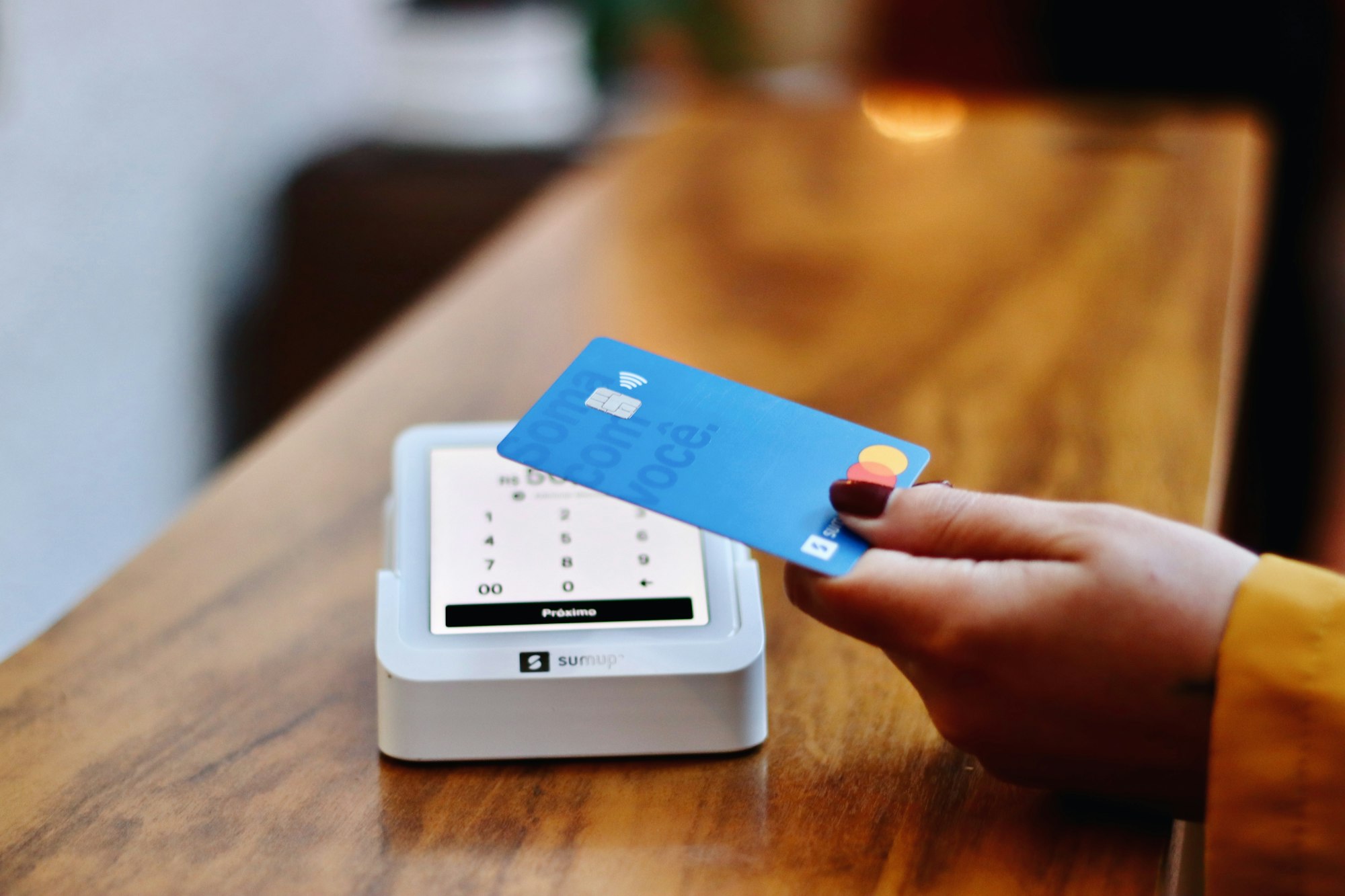
When should I run a bonus points event?
There are a number of situations in which a bonus points event is extremely helpful. You can run bonus events to fill in gaps throughout the year, during low seasonal sale periods, or to hype up new products that will be released.
For one thing, it can be a hugely impactful tool in improving program metrics like redemption rate and average order value. With this goal in mind, some of the approaches you can take include:
- Re-engaging inactive customers or segments.
- Combating a decline in sales during off-peak seasons.
- Incentivizing program sign-ups.
- Encouraging customers to redeem their points.
However, not all bonus points campaigns are run with the sole objective of improving metrics. We don’t recommend you run bonus points all the time, as it can quickly be seen as a gimmick and make your rewards program and points seem less valuable. You may use a bonus points event to build brand equity, relive your inventory, or simply remind your customers that you value them! In this case, bonus points events can also be designed for the following scenarios:
- Celebrating a company milestone.
- Encouraging holiday spending.
- Promoting a product launch.
- Showing your customers your appreciation.
- Promoting a re-brand.
As you can see, the answer to “when” a bonus points event should be implemented is not clear-cut. In fact, there are countless scenarios in which this approach can be valuable for your business. As long as you design your event intentionally, there is no limit to when it can succeed!
ECS Coffee is a perfect example of using bonus points campaigns to get customers to earn more on purchases during their select campaigns. ECS Coffee creates several bonus points campaigns throughout the year, offering 5x the points on purchases. A few weeks later, they create a double redemption campaign. Users who have earned multiple points on the previous event can now redeem their points at a higher value.
How do I run a bonus points event?
At this point, we know that bonus points events work and when to run them, but how do you actually do that?
First, it’s important to remember that deciding to run an extra points event without objectives is like taking a trip without a map or itinerary—you’ll have no direction. Before you start planning, consider the goals you’d like to achieve.
To help determine these goals, some helpful questions to ask yourself include:
- What is the purpose of the bonus points event?
- Who is the event designed for?
- How will success be determined?
- How will the event be promoted?
1. The purpose
This is the most critical question to ask yourself before planning your event. For example, if the purpose is to encourage a spike in average order value, you might consider making your bonus points event short so that customers are encouraged to spend quickly as a result of its perceived “rarity”.
Australian home brand Canningvale, ran its double points event for only 3 days. Engaging its program members to spend and earn double the points across its website. Their CTA encouraged returning rewards program members to login to check their balance, while also appealing to new members to join their program.
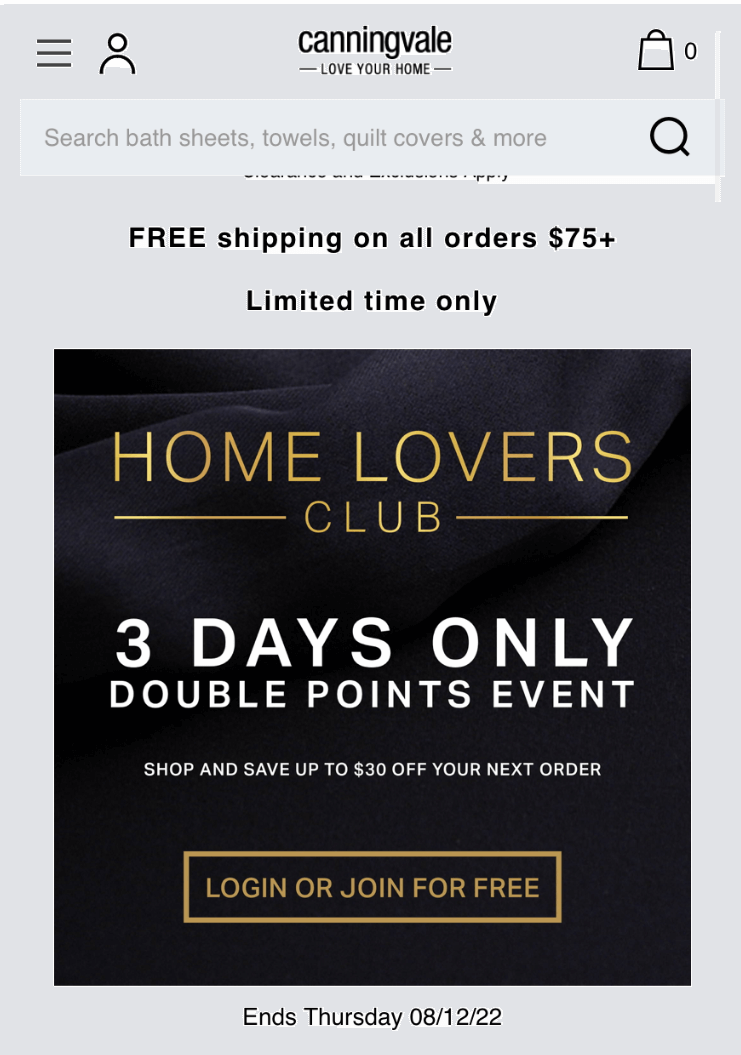
On the other hand, if you want to re-engage customers who aren’t currently redeeming to earn more points, it may be beneficial to leave the promotion on for 7-10 days. This way members feel like they have time to earn even more points before your regular earning-scale returns. Regardless of your goals, the purpose of your event should shape the majority of your decisions in the planning process.
2. The audience
In terms of your target audience, you’ll want to determine who this bonus points event is designed for. Are you hoping to target your entire customer base or specific segments? If you’ve noticed that new customers often actively earn points but start abandoning their carts after the first three months, you may want to design a segmented bonus points event that’s only offered to these individuals. This way, you are re-engaging inactive customers without spending unnecessary resources on those who are already actively shopping in your store.
If participation patterns are uniform across your entire customer base, offering additional points to all of your program members can be an effective way to meet your objectives as well.
Apparel brand RVCA framed its double points event as a ‘thank you’ gift to its loyalty members for being part of their program. While anyone can join their program and be part of the double points weekend, RVCA framed it as an exclusive perk, where members earn 2 points for every dollar spent.
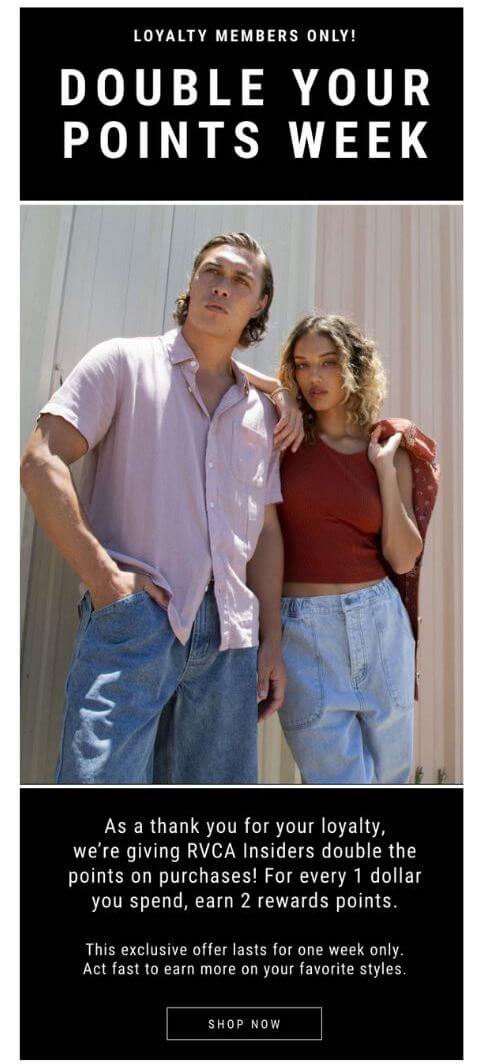
3. Measuring success
One of the final things you must consider is what a successful bonus points event One of the final things you must consider is what a successful bonus points event looks like for your business. You can’t manage what you don’t measure, and knowing what results you’d like to achieve will be hugely helpful when analyzing your actual results.
While a lift in sales is a clear sign that your points campaign has been helpful, you may also want to consider two program-specific metrics–redemption rate and participation rate.
Redemption rate is one of those metrics that you should carefully watch before and after your event. While you may have multiple objectives, a clear sign of success is an increase in the redemption of your customers’ points. If customers are earning bonus points but not redeeming them, the value you are offering through your rewards program is not being received.
A successful bonus points campaign will not only provide customers with additional points for their purchases but also increase the number of customers who choose to redeem them.
A second metric to consider is your program participation rate. If you know that the number of customers enrolled in your program is much higher than the number of those who are actively participating, running a bonus points event can encourage a behavioral change. In this case, you can leverage your rewards program to compel members to take action over a certain time period, such as a characteristically low-spending weekend for your business. After your bonus points event has ended, you can determine how many people participated by calculating your participation percentage.

Now that you have a better idea of the results you’d like to achieve with your bonus points campaign, you’ll be able to carefully compare your projected results to your actual results. This will give you a clear indication of how well you have met your goals, and allow you to improve your strategy moving forward!
4. Promotion
When you’ve determined the goals you’d like to meet with your event, you can start designing a campaign that will help you achieve them. To effectively promote your bonus points campaign, you need to develop an omnichannel marketing strategy for your website, email, and social media platforms.
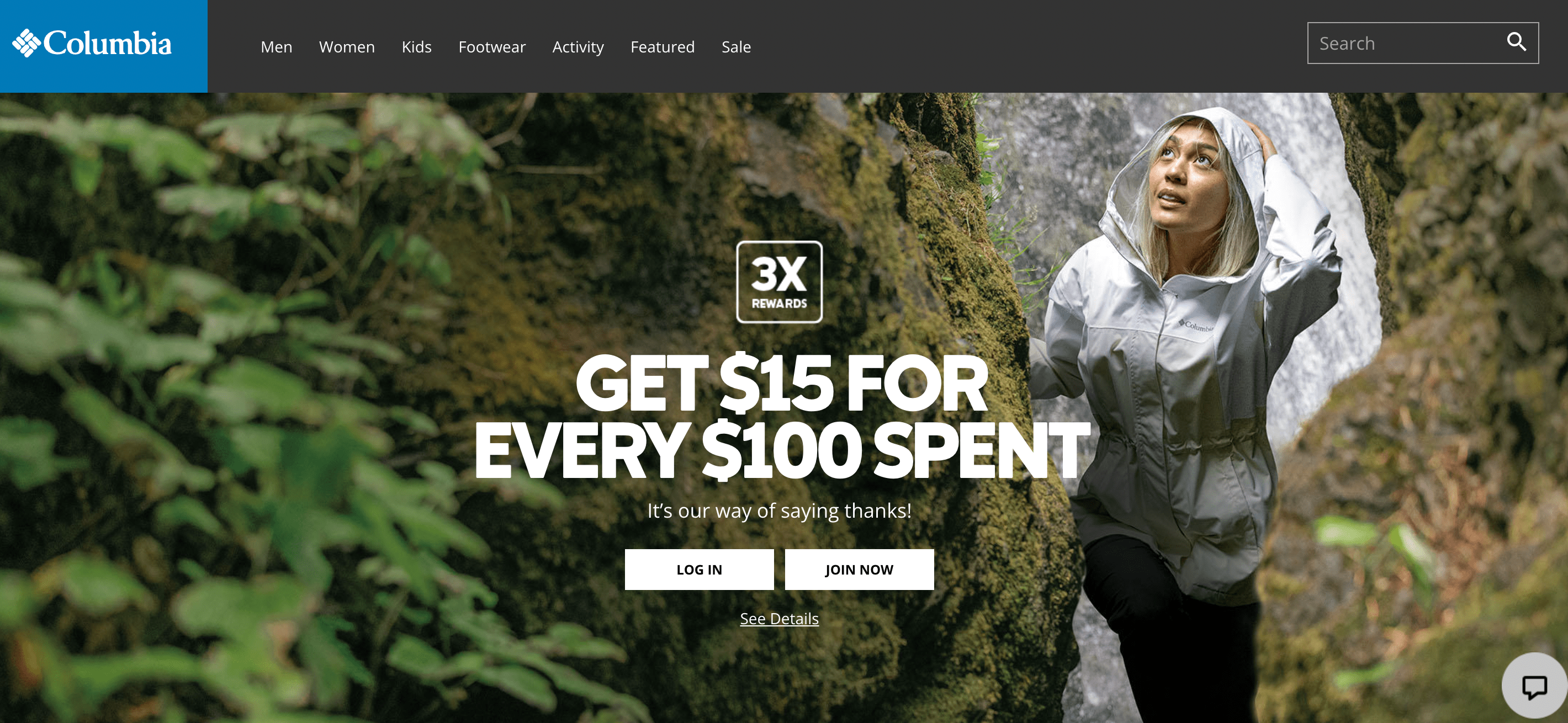
Your website is one of the most important elements of your bonus points event. Outdoor apparel brand Colombia does an effective job communicating their 3x points rewards and what that translates into actual savings in dollar amounts. To communicate the value of your event to current and potential customers, it should be featured on your homepage or rewards program explainer page. This exposure is critical—without it, customers who have yet to sign up for your rewards program or don’t receive your marketing messages will likely miss out!
In addition to web design, it will also be crucial to make sure that your website is equipped to provide your customers with the bonus points you’re offering. This can be done manually, or with a rewards program app (like us at Smile.io!).
Email and social media marketing are also fantastic ways to promote your bonus points event. If you are a business that is active on social media, you can leverage your platforms in two ways:
- You can announce the event on your own social handles.
- You can encourage customers to join by offering bonus points for each social mention during your campaign.
Both of these strategies will result in more customers earning valued points, and more potential customers hearing about your brand!
In terms of email marketing, you can communicate your bonus points event to program members directly with captivating, easy-to-act-upon messages. These emails should visually communicate your new points scale, show customers the value of the event by demonstrating how quickly they can redeem for rewards, and make it easy for customers to participate with appealing CTA’s.
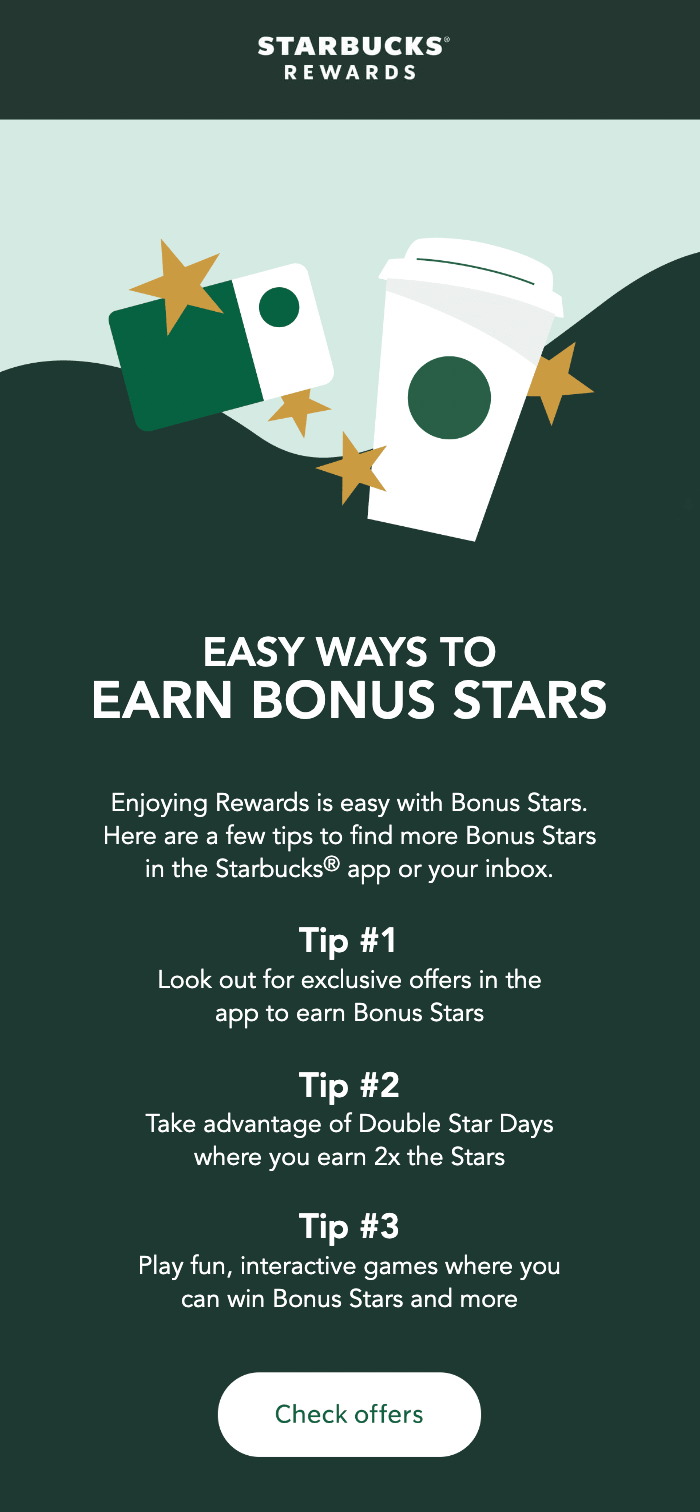
Starbucks is an excellent example of how email marketing can be leveraged to promote a bonus points event. Their simple visuals communicate how bonus points can be awarded, while also making a clear CTA to join in on their double ‘stars day.’
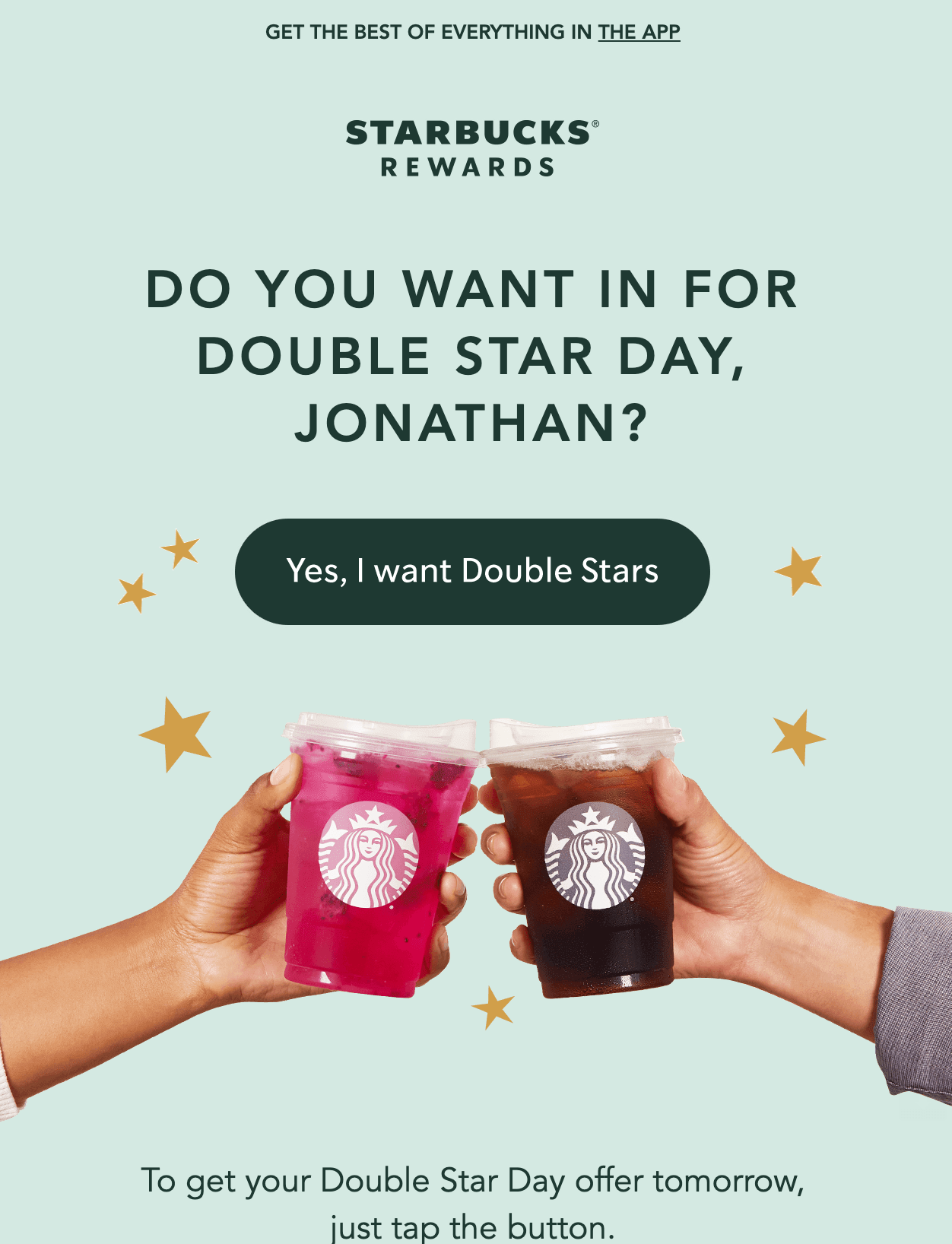
As you can see, there are countless ways to communicate the value of your bonus points event on your website, social media platforms, and through email communications. The most important thing, though, is to make sure your communications are consistent and engaging to drive the most traffic to your rewards program website.

Double the value with bonus points
Bonus points serve as a way to re-engage your community and boost participation in your loyalty and rewards program. With a strategic plan in place you can drive major success and value with bonus points, to build your brand community.
Editor’s Note: This post was originally published on June 5, 2018, and was updated for accuracy and comprehensiveness on April 13, 2023.







